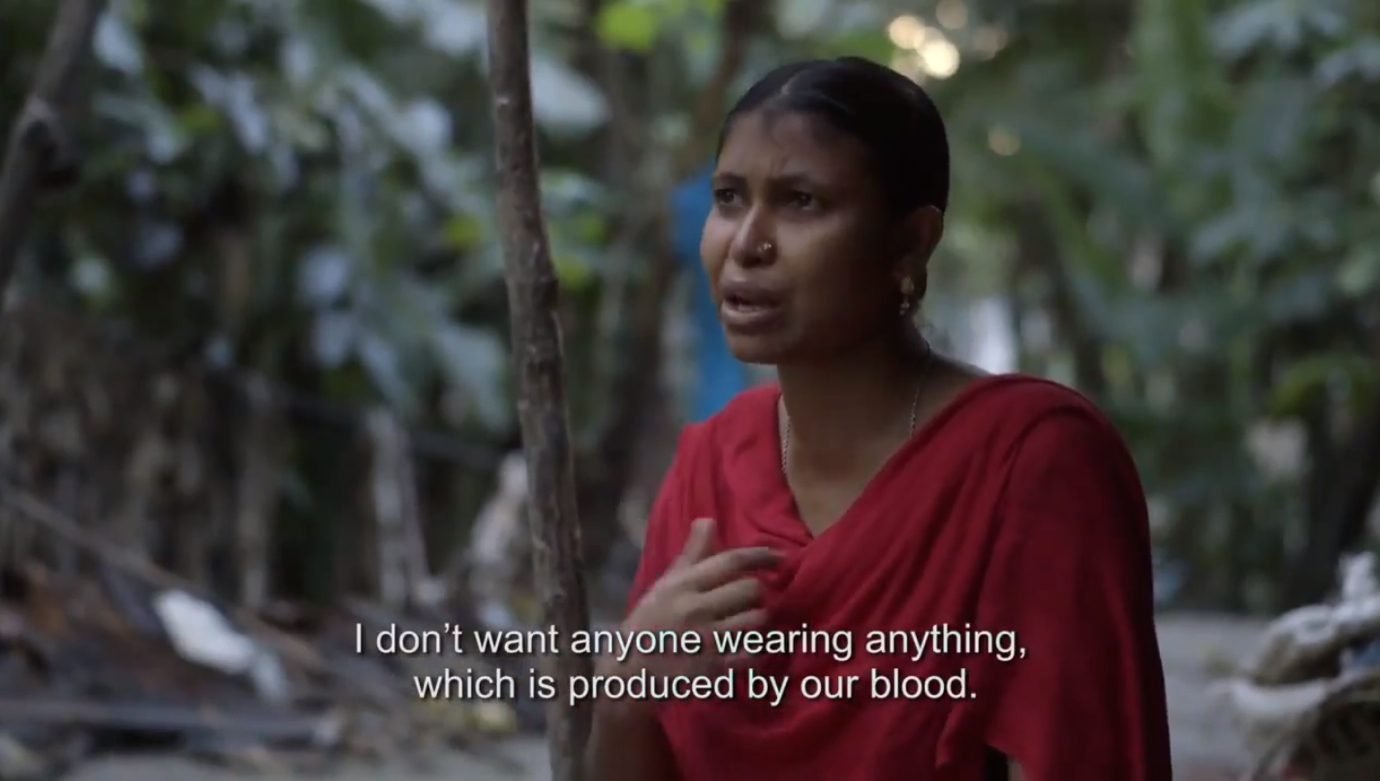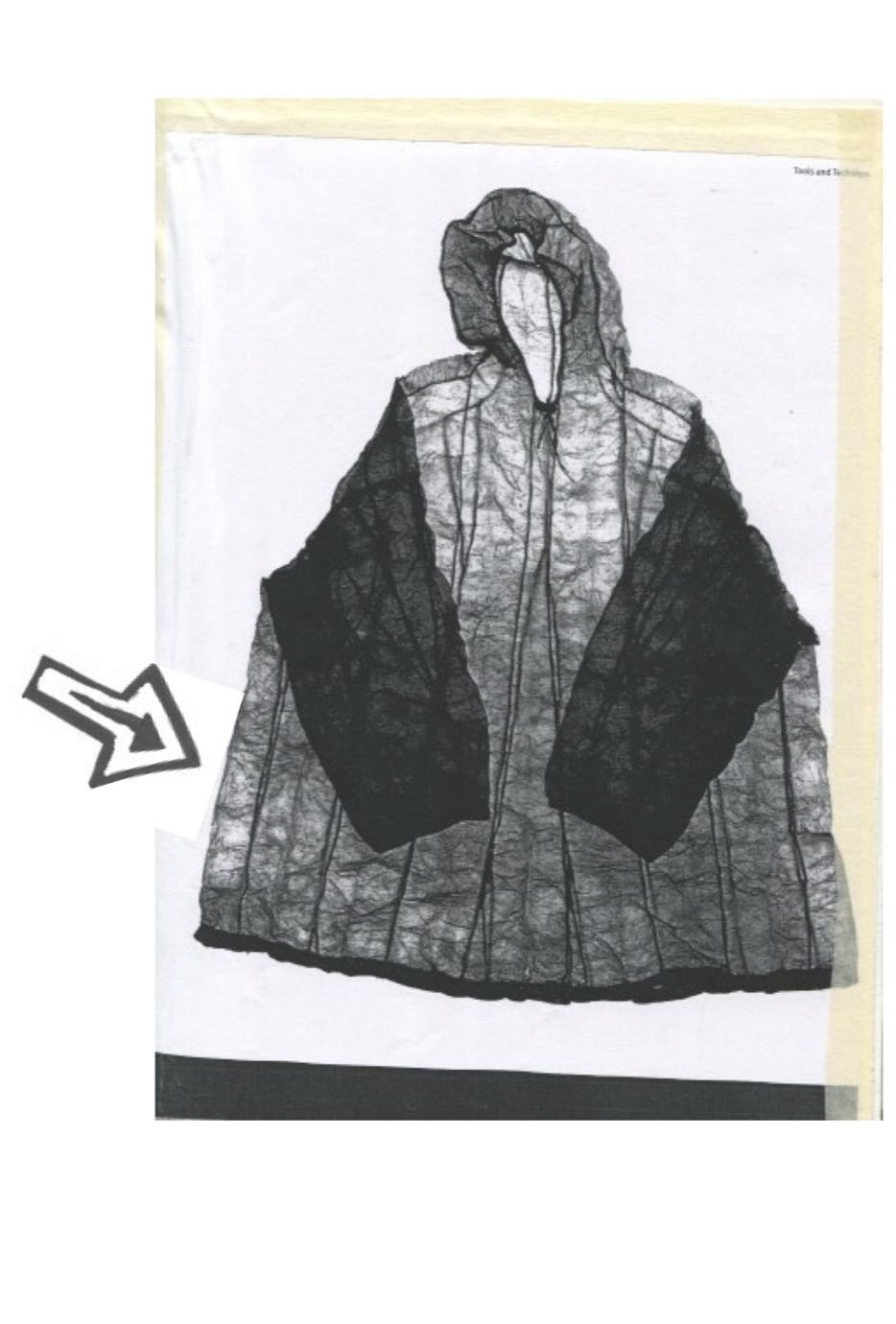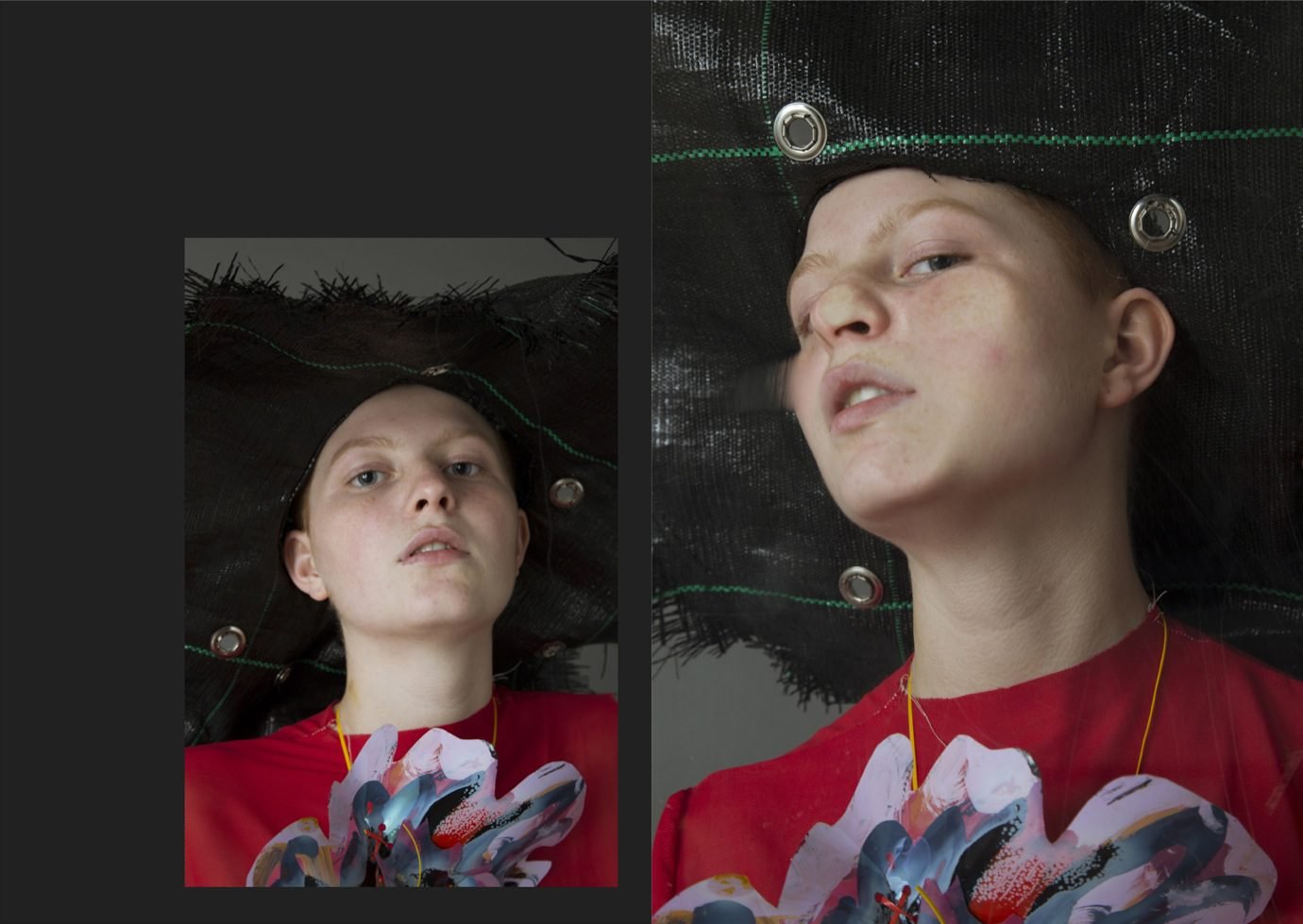Progress is slowing down because commerce comes before creativity
Speaking at the opening breakfast for LFW, which was held in the Positive Fashion ‘Sustainability’ room, BFC Chair Stephanie Phair said, “I believe that collaboration between creativity and business is the alchemy to success.” Yet her assertion that “creativity and commerce have to go hand in hand” begs the question: is commerce squeezing a little too tight? As writer and Extinction Rebellion activist Bel Jacobs states, this is not an industry under threat. In fact, apparel consumption is expected to grow 63% by 2030, according to the Global Fashion Agenda’s Pulse of the Fashion Industry Report. Research collected by the Ellen MacArthur Foundation suggests that global clothing production has doubled in the last 15 years, while Fashion Revolution submitted written evidence to the Environmental Audit Committee last year stating that “the way fashion is produced and consumed has been dramatically scaled and sped up over the past 30 years.” It’s worth noting that London Fashion Week, which many see as a longstanding, traditional institution within the fashion industry, only began in 1984, just as fast fashion’s growth really took off.
For environmental activist and model Arizona Muse, this shift in the industry has placed commerce at the centre of fashion weeks, making them into vehicles for consumerism. On a panel organised by the BFC to close LFW last Tuesday, Arizona said: “Fashion Week has come about to sell things, and creativity is second to that now. That’s the seeds of the problem. Fashion Week could be harnessed for so much good. We’re on such a complex path and the fashion supply chain is so complicated. We’re part of the metal industry, the agricultural industry, textiles and furniture… The change we have to make is enormous. It doesn’t work to do fashion the way we have been doing it. We need a more humane fashion system.”
On the same panel, Common Objective founder Tamsin Lejeune took a slightly different approach, advocating the business sense of switching to a sustainable model. “Sustainability needs to change from something brands see as a cost to something they see as an opportunity,” she said. Common Objective appeals to the competitive nature of business under capitalism, incentivising change by ranking more sustainable businesses higher up on their site, which now includes more than 20,000 organisations. Among them are a ‘humanitarian lifestyle brand’, a ‘luxury baby alpaca wool label’ and an ‘eco-conscious designer swimwear brand.’ But, as moderator Tamsin Blanchard rightly stated, “we can’t buy our way out of this crisis.”
The change we need to see in business models and mindsets is bigger than simply shifting to so-called sustainable fabrics. If we still operate within a capitalist fashion system built around colonial power structures and driven by financial targets, progress will always be limited. A representative of the Union of Concerned Researchers in Fashion – who released a manifesto detailing their frustrations last year – explained: “The growth logic obstructs discussion about sustainability because continuous expansion of market share is incompatible with the finite limits of the Earth’s resource base.” The idea that we can conscious consumption can save us misses the point. As Extinction Rebellion have pointed out again and again, we have very limited time to turn things around and move away from critical tipping points which would heighten the climate crisis. “By the time you have implemented these incremental changes, the deadline will have passed,” Bel added. “We have less than 18 months.”
Legislation is seriously lacking
The lack of legislation around fashion’s environmental impact is a sore point in almost every conversation on this subject. If it’s too late for incremental change, surely legislation holds the key? The government’s resistance is disappointing at best. In February, the Environmental Audit Committee published a report called Fixing Fashion. It made 18 recommendations, from tax incentives for environmentally responsible companies to placing a one penny tax on every new garment made, the result of which would be investment in better clothing collection and ‘green’ jobs. The participating MPs traversed the political spectrum, and the measured recommendations were informed by industry players with decades of experience. Yet the government rejected every single suggestion.
Now, the All-Party Parliamentary Group for Textiles and Fashion are working with Fashion Roundtable as secretariat to push for change. At the first meeting a couple of weeks ago, designers, activists and consultants gathered to share their thoughts on the subject. It was a necessary first step, but demonstrated the complicated nature of progress on this subject. The issue of sustainability in fashion is incredibly contentious, and ideas for what to do about it are thin on the ground. The APPG represents a definite desire for change within the industry, but whether the government will listen is less certain.
Industry bodies have made vague attempts at progress themselves. Most notably, in August, French President Emmanuel Macron enlisted François-Henri Pinault, Chairman and Chief Executive Officer of Kering to form The Fashion Pact. The pact, presented at the G7 meeting in Biarritz, garnered 32 signatories, from Stella McCartney and Chanel to the Prada Group and Capri Holdings Limited, which includes Michael Kors and Versace. It details commitments to stop global warming, restore biodiversity and protects the oceans. So far, so promising. However, read the small-print and you will see that “the document is not legally binding and can be seen as a set of guidelines.”















